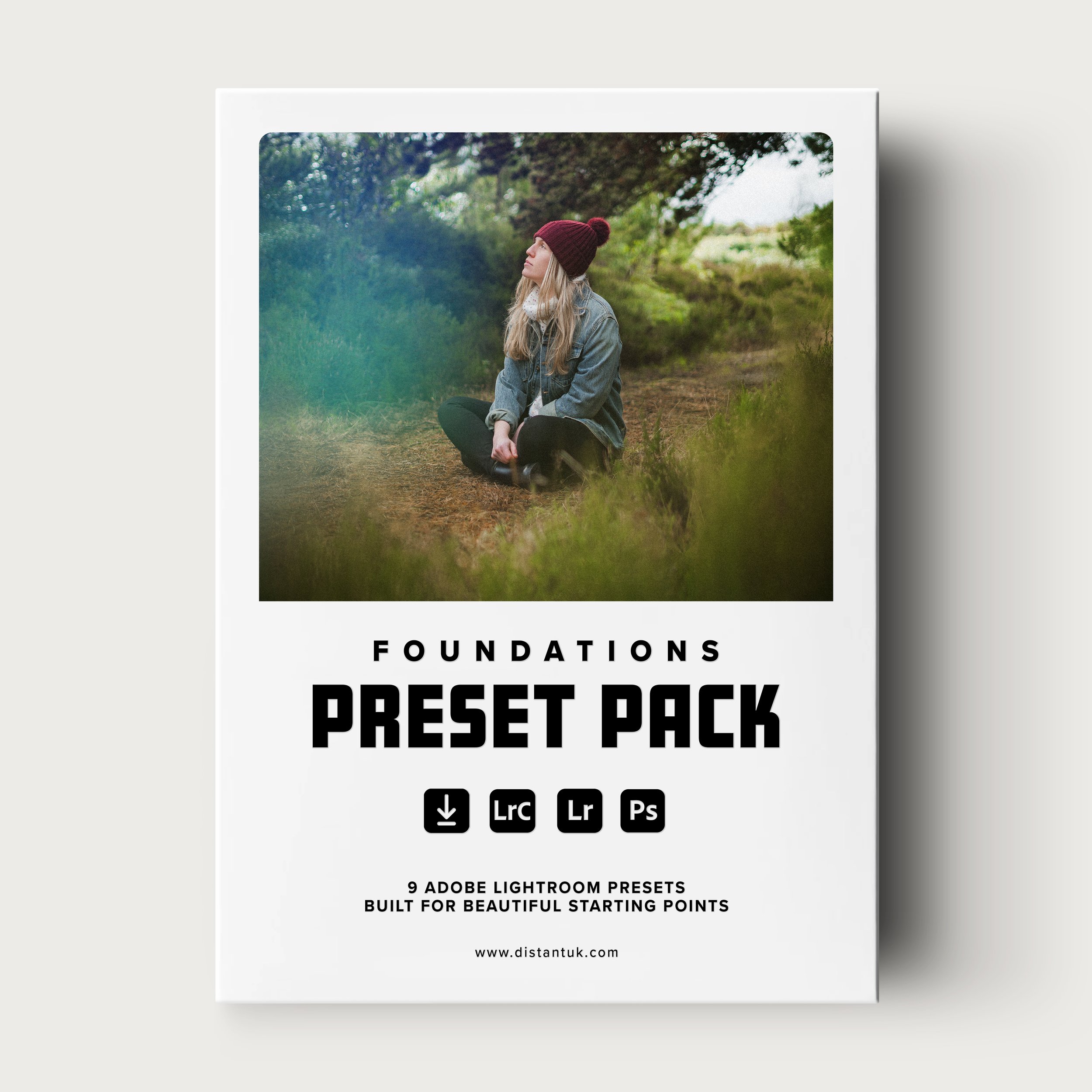3 Tips For More Intentional Photography
Shutter pressed and subject positioned so that they have more space to move into than out of.
Just walk on by..
When capturing people moving through or into your photos, try to position them in a spot that gives them the most distance to hypothetically ‘travel’ through the rest of the frame. This might require you to act fast when you see a fleeting moment, but having a person situated with more space to move into, is not only much more pleasing to the viewing eye but also helps to portray a sense of journey within the image.
Still but speaking: While photography is a frozen moment, a moving subject positioned correctly adds dynamism and energy to your photo. It allows the viewer to imagine a sense of action even when shot at high shutter speeds without motion blur.
Photographing people at slower shutter speeds to create real motion within the frame also works, but may be very situational and can make or break an image if timed incorrectly.
Leading Lines: The movement path of the person can create implied lines that lead the viewer's eye through the composition, therefore by having your subject on the short side of the image with negative space to move into, the viewer subconsciously follows their footsteps with their eyes rather than working backwards.
Dead central subjects moving in either direction (like below) can also work, especially if you have symmetry present or a central leading line. It’s easier said than done but if you subject is static without arm and leg movement, it always helps if they are simply looking out into the distance, or again, towards long side of your image (the side with more space / negative space).
Granted we don’t always have time to get ourselves into position, or our subject into position, perhaps they’re simply not moving in the right direction, or you notice a moment late. Still take the photo of course, there are times where it will work, but this tip definitely works wonders when it all comes together nicely.
Photos within photos..
When you take a wide scene, or a ‘big’ shot, if you will, spend a moment looking at the photo you have just captured, and see if you can spot a second photo within the photo you just took. I do this all the time, wether it be moving in close to capture textures or details within the scene, or simply zooming into the same composition and creating a new photo that way.
These secondary images can sit really nicely next to the bigger image to back it up in the form of a photoset, or help tell the story of the environment, plus you simply get more photos, which nobody ever said no too. For example, if you're photographing a bustling city street, you might capture a wide shot of the entire scene, you could then zoom in on a particular detail within that frame, such as a colourful graffiti mural, or a interesting storefront.
By looking for these hidden opportunities within your scenes, you can create a more diverse and engaging portfolio of work. So next time you're out shooting, keep an eye out for those second and third photos and see what you can discover.
Wide scene
Photo within the wide scene
Space it out..
Balance and spacing are key elements to creating visually appealing photos without the viewer even realizing it was intentional. It's not always about what's in your photo, but often about what you leave out and where you place the elements you keep.
Leaving equal negative space around subjects and avoiding overlapping elements can help keep your photos clean and tidy. Deciding whether to position subjects above, below, or right in the middle of the horizon can significantly impact the viewer's focus. The rule of thirds and many other photography guidelines can help you position elements nicely in your frame, but they aren't foolproof and you'll often have to break them for a good reason. Most of this practice is about training your eye and visual knowledge, so analyze your own photos and ask for feedback to never stop learning.
Think of one of those old scales that tips side to side; ideally, you don't want your image to be too heavily weighted in one direction. Balance and space your subjects within the frame so they feel natural and intentionally placed, instead of randomly too far one way or too far the other way, which will instantly make the photo feel pretty thoughtless.
Power lines in photographs are always a great example. Some photographers use them to draw lines through the image, while others remove them completely. The key is to avoid having them cut through important parts of your image, which can make it look messy and cluttered.
Intentional spacing
Time and place..
Something I stress on my photography YouTube channel is that reading photography tips and advice is fantastic. But remember, all tips need to be applied at the right time. Don't blindly follow anything continuously unless it works for the specific photo you're taking.
Try to practice what you learn as much as possible, but be mindful of adapting your approach. Photography can be quite fickle, so stay flexible and experiment!







